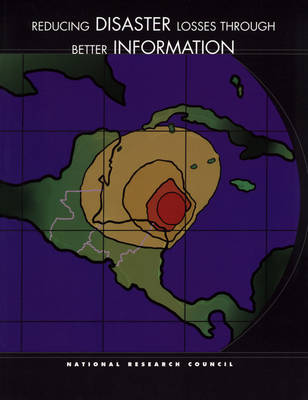Losses of life and property from natural disasters in the United States-and throughout the world-have been enormous and the potential for substantially greater future losses looms. It is clearly in the public interest to reduce these impacts and to encourage the development of communities that are resilient to disasters. This goal can be achieved through wise and sustained efforts involving mitigation, preparedness, response, and recovery. Implementing such efforts, particularly in the face of limited resources and competing priorities, requires accurate information that is presented in a timely and appropriate manner to facilitate informed decisions. Substantial information already exists that could be used to this end, but there are numerous obstacles to accessing this information, and methods for integrating information from a variety of sources for decision-making are presently inadequate. Implementation of an improved national or international network for making better information available in a more timely manner could substantially improve the situation.
As noted in the Preface, a federal transition team is considering the issues and needs associated with implementing a global or national disaster information network as described in the report by the Disaster Information Task Force (1997). This National Research Council report was commissioned by the transition team to provide advice on how a disaster information network could best make information available to improve decision making, with the ultimate goal of reducing losses from natural disasters. The report is intended to provide the basis for a better appreciation of which types of data and information should be generated in an information program and how this information could best be disseminated to decision makers.
- ISBN10 0309063396
- ISBN13 9780309063395
- Publish Date 22 February 1999 (first published 1 January 1999)
- Publish Status Active
- Publish Country US
- Imprint National Academies Press
- Format Paperback
- Pages 72
- Language English
